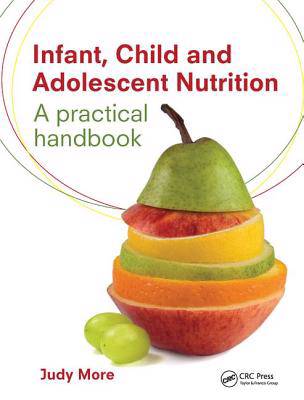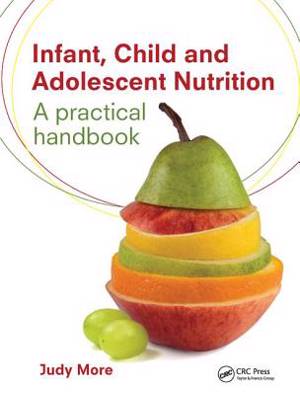
- Afhalen na 1 uur in een winkel met voorraad
- Gratis thuislevering in België vanaf € 30
- Ruim aanbod met 7 miljoen producten
- Afhalen na 1 uur in een winkel met voorraad
- Gratis thuislevering in België vanaf € 30
- Ruim aanbod met 7 miljoen producten
Zoeken
€ 223,95
+ 447 punten
Uitvoering
Omschrijving
This evidence-based, practical guide provides an introduction to the theory behind child nutrition with practical advice on how to put that theory into practice, including case studies, key points, and activities to help readers learn. Divided into three sections, the chapters cover prenatal nutrition and nutrition throughout childhood from preterm babies to adolescents up to the age of 18. Section 1: Introduction to the growth, nutrients, and food groups. Section 2: Providing a balanced eating pattern for each age group, chapters include expected growth patterns, development affecting eating and drinking skills, as well as common problems such as reflux in babies, fussy eaters in the toddler years, and eating disorders and pregnancy in the teenage years. Section 3: Common problems/disorders that can occur at any stage throughout childhood such as obesity, diabetes, and food intolerances. Chapters will also cover nutritional support in the community, reflecting the increasing numbers of chronically sick children who are now managed in the primary care setting. This book is essential reading for nutrition and dietetics students, as well as student children's nurses and health and social care students. It will also be a useful reference for those responsible for the nutritional health of children in primary care and community settings (including nurses, midwives, health visitors, GPs, social workers, nursery nurses, early years workers, and school nurses).
Alleen bij Standaard Boekhandel
+ 447 punten op je klantenkaart van Standaard Boekhandel
Beoordelingen
We publiceren alleen reviews die voldoen aan de voorwaarden voor reviews. Bekijk onze voorwaarden voor reviews.












